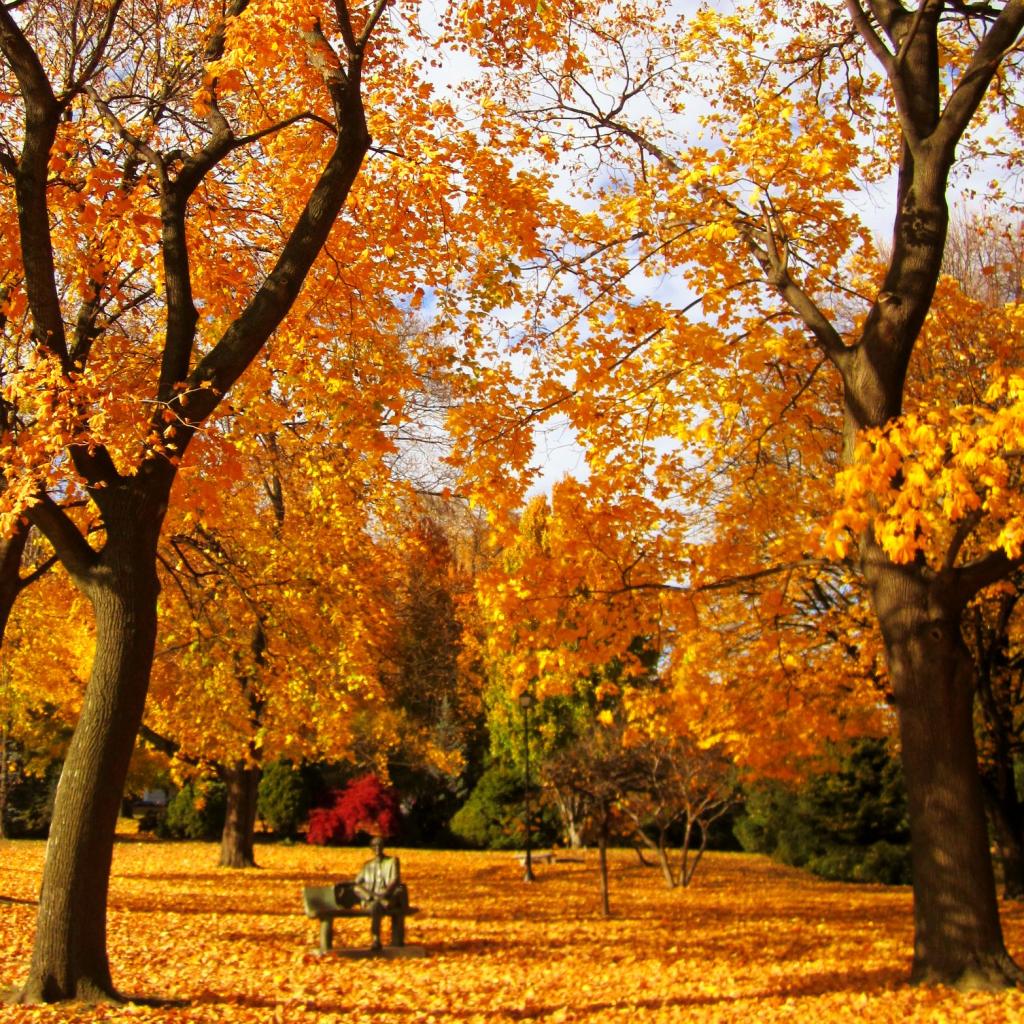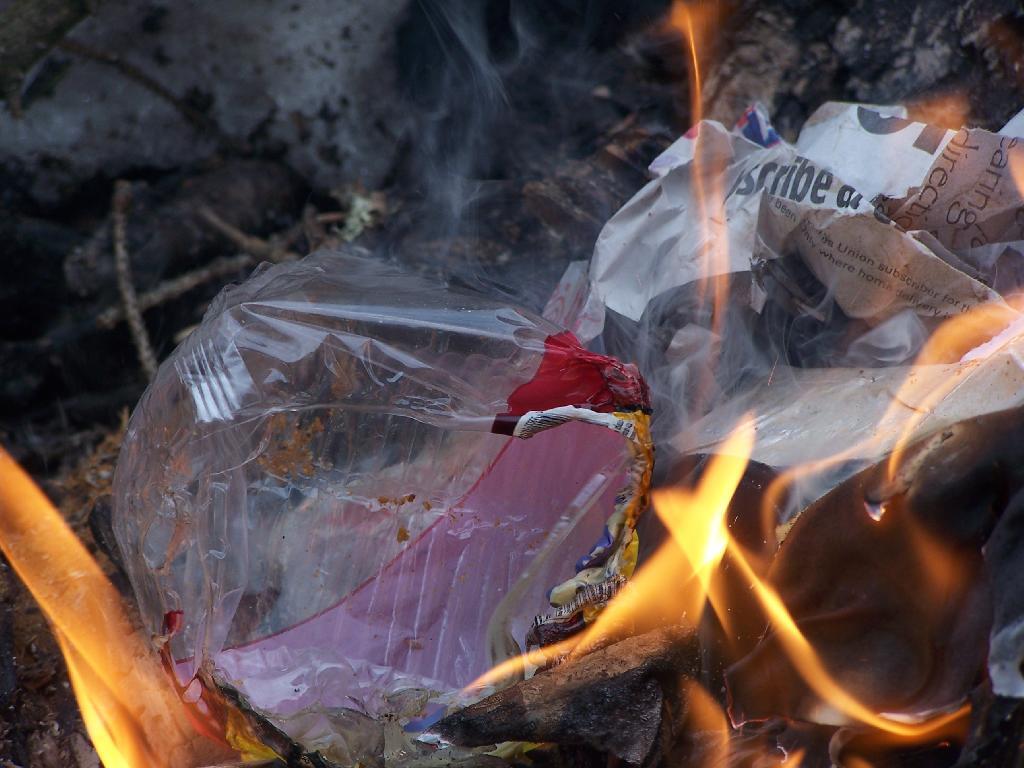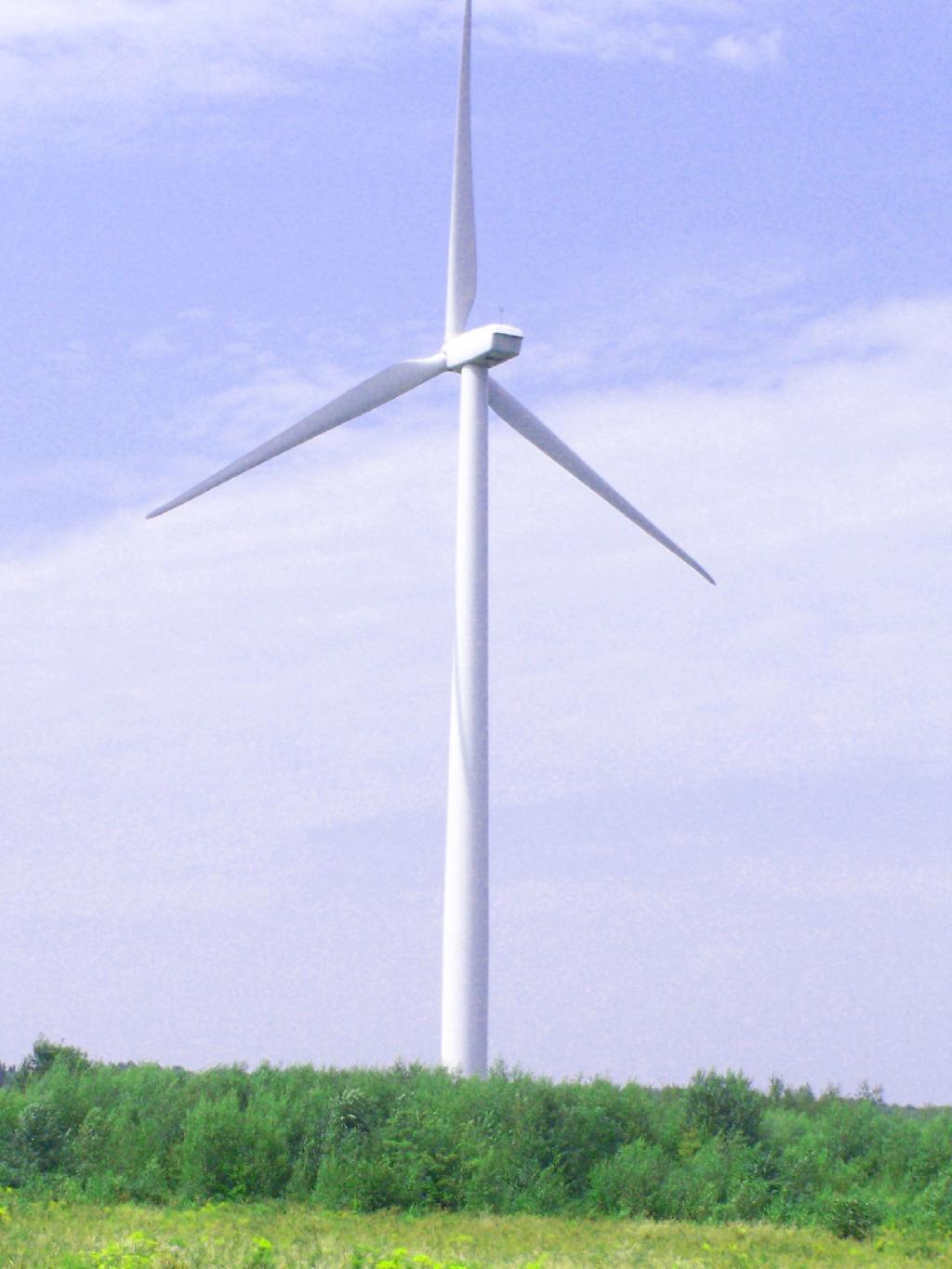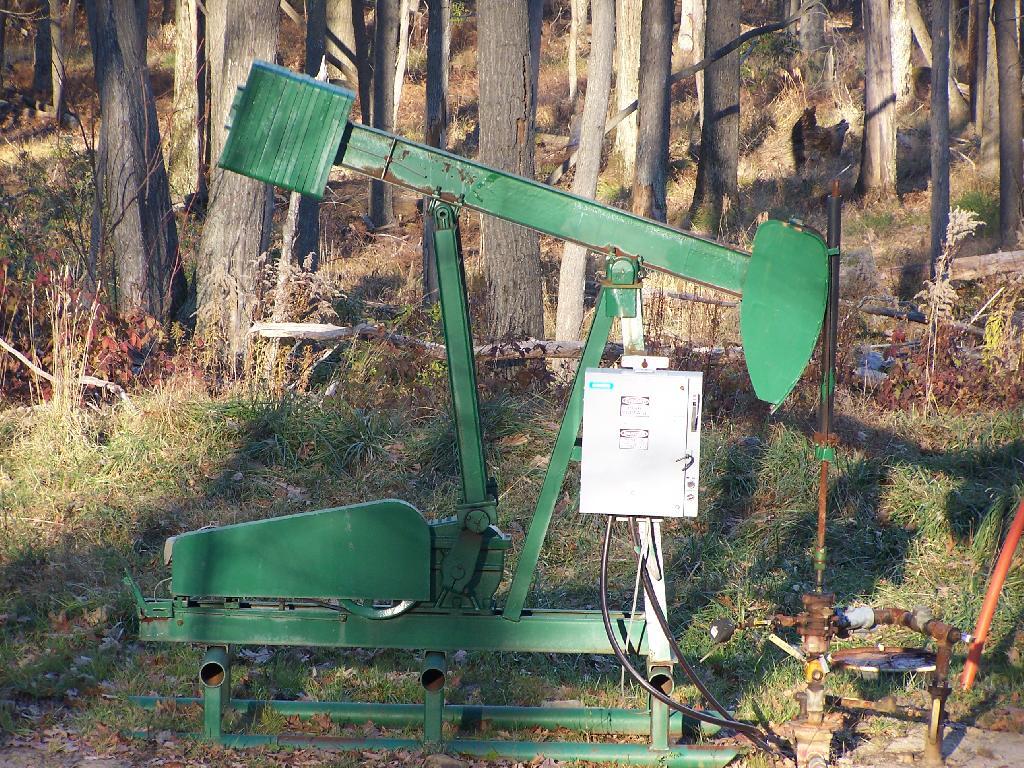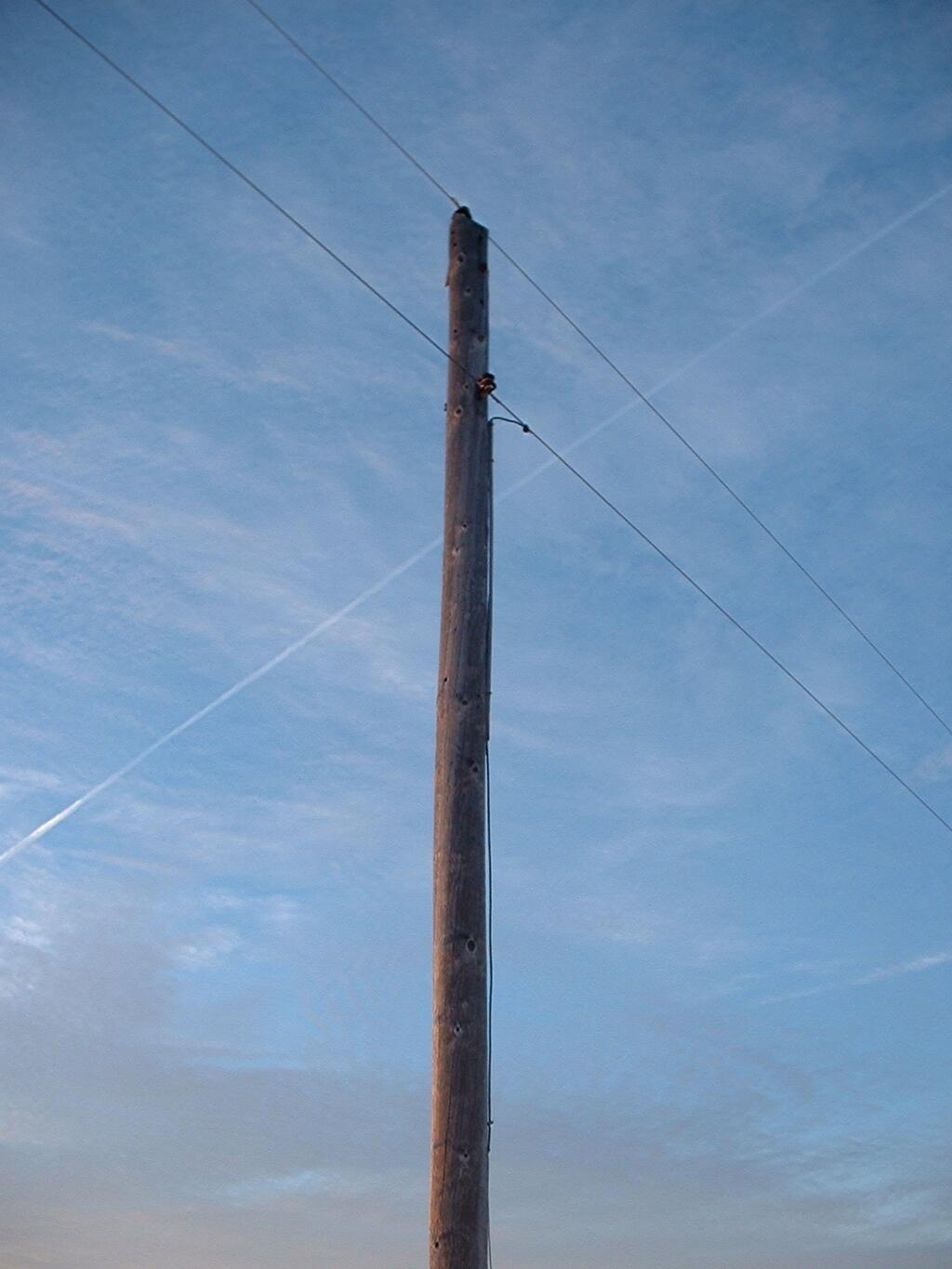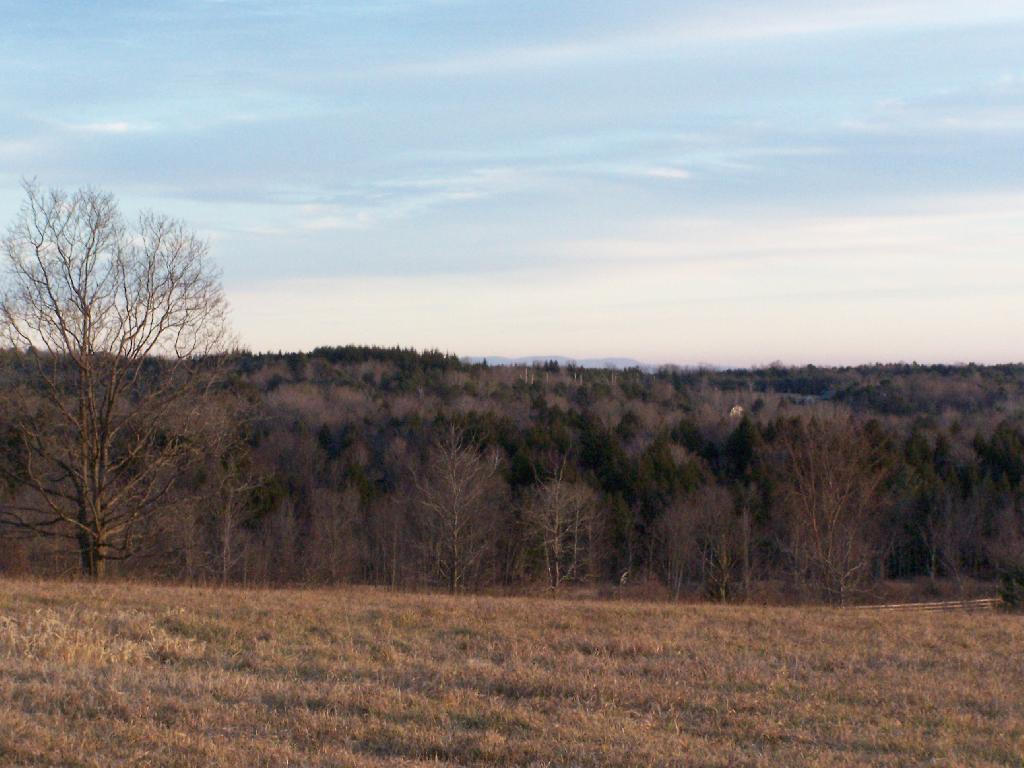Search Results for: photo columbia street 2
December 17, 2019 Night
Good evening! Snow flurries and 28 degrees in Delmar, NY. ❄ Calm wind.There are 3 inches of snow on the ground. ☃ We ended up with a couple of inches of sloppy wet snow but not a big deal. ️But what isn’t plowed or salted will last with a big freeze coming. Things will start to thaw out at Sunday around 11 am. 🌡️
It was a very quiet day at work today, 💼and kind of a snowy commute in but the ride back home wasn’t bad but walking 🚶 down Columbia Street was a bit slick at times. But so be it. I got home, made dinner and then I hooked up the voltage switch I got from China and figured how it works. 🔌 I want to get it fully programmed and all the wires cut and ready to go before I am working outside actually connecting things up in the cold over the weekend.
I rode the excerise bike for a while 🚲 but then my neighbor came home so I stopped. I wish I could have gotten more time in on the bike and tomorrow is the Pine Bush Dinner. 🍲 I’ll walk down to the express bus 🚍 tomorrow and who knows Thursday. My neighbor usually is out Thursday night. Although John Wolcott wants me to come over, but I will see. 🔎It’s going to be super cold and I’m not crazy about walking down the Henry Johnson Viaduct when the windchill is below zero.
Tonight will have a slight chance of snow before midnight. Mostly cloudy 🌨, with a low of 22 degrees at 6am. Two degrees above normal, which is similar to a typical night around December 14th. Maximum wind chill around 18 at 5am; Northwest wind 3 to 6 mph. Chance of precipitation is 20%. In 2018, we had light snow in the evening, which became mostly clear by the early hours of the morning. It got down to 20 degrees. The record low of -9 occurred back in 1919.
Tonight will have a Last Quarter with 50% illuminated. The moon will set at 12:09 am. 🌛The sun will rise at 7:19 am with the first light at 6:47 am, which is 40 seconds later than yesterday. 🌄 Tonight will have 14 hours and 56 minutes of darkness, an increase of 19 seconds over last night.
Tomorrow will have a chance of snow showers, mainly after noon. Some of the squalls could lead to white out conditions. Partly sunny 🌦, with a high of 32 degrees at 12pm. Three degrees below normal, which is similar to a typical day around December 27th. Light west wind increasing to 8 to 13 mph in the morning. Temperatures will drop through the afternoon. Chance of precipitation is 50%. New snow accumulation of less than a half inch possible. A year ago, we had cloudy skies in the morning with more sun in the afternoon. The high last year was 30 degrees. The record high of 60 was set in 1921. 17 inches of snow fell back in 1887.❄
I am probably not going to head up north for the weekend. 🗻 It would be kind of fun to get up to the Adirondacks one more time before the end of the decade but I am pretty sure next weekend I’m going out to the Finger Lakes – its actually going to be quite mild to end out the year based on the latest predictions. I want to get that voltage switch ⚡ fully up and running and tested before I get stranded because I did something wrong. Also I think we might cut some additional video 📹 for the Rezsin Adams film on Saturday. That was off but it’s back on now.
In four weeks on January 14 the sun will be setting at 4:45 pm,🌄 which is 22 minutes and 14 seconds later then tonight. In 2019 on that day, we had partly sunny, snow showers and temperatures between 28 and 8 degrees. Typically, you have temperatures between 30 and 14 degrees. The record high of 66 degrees was set back in 1932.
Looking ahead, Coldest Week of the Year 🌬 is in 4 weeks, Martin Luther King Day 🖤 is in 5 weeks, Don’t Cry over Spilled Milk Day 🥛 is in 8 weeks, Presidents Day 👴 is in 2 months, National Drink Wine Day 🍷 is in 9 weeks, St. Patrick’s Day 🍀 is in 3 months, 7:30 PM Sunset 🌇 is in 16 weeks, Cinco de Mayo 🤠 is in 20 weeks and Pack Rat Day 🐀 is in 5 months.
November 7, 2019 Night
Good evening! Cold and damp with snow flurries and 32 degrees in Delmar, NY. ❄ There is a northwest breeze at 8 mph. 🍃. Definitely a cold and damp evening, the heat is on in my apartment and I’m wearing my comfortable blaze orange hoodie I wear regularly in the wilderness. ️
It was a busy and crazy day 😜 at work. I think I’m doing a good job and I have a good team but sometimes it gets crazy. I did check out the Tylenol they had had in the kitchen as I had another headache by afternoon. 💊 Everybody was calling me and keeping me busy, earning my money. Stayed up later last night then usual so I was tired 😴 by afternoon.
Despite the rain, ☔ I walked down to the Union Station 🚉 to catch the bus. I’ve been lately catching the bus down there as it’s easy with my new office 🏢 to walk down Columbia Street and getting the bus before the expressway. But I tell you – there are too many sidewalk barricades on Columbia Street. 🚧 It makes it difficult for a pedestrian to navigate it. Also they really need crosswalks at Chapel Street and Columbia Street. It’s unsafe without crosswalks and no stop signs on Columbia. ⛔ No fun for the pedestrian 🚶 in the rain walking down to the bus stop. 🚏
Got home, laid back in bed 💤 and then cooked up a big pan of pasta and meatballs. 🍲 I probably should have had a smaller meal as I had enough earlier in the day and I should have ridden the exercise bike 🚲 but I spent some much needed time cleaning in the kitchen and then the neighbor came home so I didn’t want to make a lot of noise riding the bike. At least dessert 🍰 was healthy – just frozen blueberries and bananas 🍌 to fill my increasingly bad sweet tooth.
Ended up watching a video on Beaver Trapping and some of Aging Wheels videos and now AVE. I accidentally downloaded most Aging Wheel channel so I might have a lot more to watch. 📹 I should have ridden the bike but at least I did walk a mile and a half today between walking to the express bus 🚍 and the station. So it’s not like I was a total couch potato.
Tonight will have a chance of snow, mainly before 10pm. I think that’s mostly done. Cloudy, then gradually becoming partly cloudy 🌨, with a low of 25 degrees at 5am. Nine degrees below normal, which is similar to a typical night around December 5th. Barely expected to rise by morning. Northwest wind 7 to 9 mph. Chance of precipitation is 50%. Total nighttime snow accumulation of less than a half inch possible. In 2018, we had mostly clear skies in the evening, which became cloudy by the early hours of the morning. It got down to 31 degrees. The record low of 18 occurred back in 1971.
Tonight will have a Waxing Gibbous Moon 🌔 with 89% illuminated. The moon will set at 2:26 am. The Beaver Moon 🌕 is on Monday night with partly cloudy skies. The sun will rise at 6:36 am with the first light at 6:07 am, which is one minute and 15 seconds later than yesterday. 🌄 Tonight will have 13 hours and 56 minutes of darkness, an increase of 2 minutes and 25 seconds over last night.
Tomorrow will be mostly sunny 🌞, with a high of 34 degrees at 1pm. 17 degrees below normal, which is similar to a typical day around December 20th. Northwest wind 9 to 17 mph. Going to be bitterly cold for November – not much snow melt in the mountains although the bright 🔆 sun will help. With the sun tomorrow and the heat on in my apartment I don’t expect it will get too cold inside. A year ago, we had partly cloudy skies in the morning with some clearing in the afternoon. The high last year was 49 degrees. The record high of 75 was set in 1975. 1.7 inches of snow fell back in 1894.❄
After I scheduled my post on water waste 💦 I noticed that my shower 🚿 was dripping this evening. I tapped the handle and it finally stopped. Bugged me as hell. If it starts again I’ll text the landlord to have the plumber come over. Also while he’s here I’ll have him fix the leaky sink drain and the sink faucet that leaks when it’s on. May that will slow all rusting and mold problems in the kitchen but I doubt – I think their must be a pipe that’s been leaking elsewhere for years. I hate calling the landlord over because I’ve done a lot of wear and tear on his building although I’m sure he already knows. I’m not a model tenant, I’m a dirty hick who tracks in a shit ton of mud. 💩 My idea of cleaning is paper plates and a campfire. He’s just happy I always pay my rent on time 💸 and I don’t make much noise. 🔇
Watching the snow falls around, ❄ and based on the reports and the weather I’ll decide on where I’m going this weekend. Tomorrow I’m going to John Wolcott house after work and after that I might run to the store or more likely I’ll just stop 🍖and get groceries to take to camp. ⛺
In four weeks on December 5 the sun will be setting at 4:22 pm,🌄 which is 19 minutes and 14 seconds earlier then tonight. In 2018 on that day, we had cloudy, mild, rain showers and temperatures between 53 and 39 degrees. Typically, you have temperatures between 40 and 25 degrees. The record high of 65 degrees was set back in 2001.
Looking ahead, Thanksgiving 🦃 is in 3 weeks, Repeal of Prohibition Day 🍺 is in 4 weeks, Boxing Day 🥊 is in 7 weeks and National Cheese Lovers Day 🧀 is in 11 weeks. I do love cheese. I really should have visited that Cheese Store when I was in Cuba, NY. If I do go out to Madison County this weekend, I really should stop at For the Love of Bacon. 🐽 Get some good bacon which goes well with cheese.
Peaks on State Land in Hudson Valley, Northern Catskills and Long Island
A list of peaks on state land shown in the Open Street Map along with coordinates for Department of Environmental Conservation Regions 1 through 4 excluding the Catskill Park. These peaks are in the Heldebergs, Taconics, Hudson Highlands, Shawgunks and hills outside of the Catskill Park.
Region 1 – Suffolk County (Long Island)
| Peak Name | Elevation in Feet | State Land | Class | UMP | Region | County | Location |
|---|---|---|---|---|---|---|---|
| Flanders Hill | 230 | David A. Sarnoff Preserve | North Atlantic | 1 | Suffolk | 40.8745441, -72.6045377 |
Region 3 – Dutchess County County (Hudson Highlands)
| Peak Name | Elevation in Feet | State Land | Class | UMP | Region | County | Location |
|---|---|---|---|---|---|---|---|
| Depot Hill | 1305 | Depot Hill Multiple Use Area | Lower New England East | 3 | Dutchess | 41.5753714, -73.6751291 |
Region 3 – Putnam County (Hudson Highlands)
| Big Buck Mountain | 1115 | Big Buck Mountain Multiple Use Area | Lower New England East | 3 | Putnam | 41.4948155, -73.7165195 | |
| California Hill | 1178 | California Hill State Forest | Lower New England East | 3 | Putnam | 41.4373157, -73.7762439 | |
| Castle Rock | 626 | Castle Rock Unique Area | Lower New England East | 3 | Putnam | 41.367316, -73.935416 | |
| Cranberry Mountain | 1233 | Cranberry Mountain WMA | Cranberry Mountain Hmp | 3 | Putnam | 41.5037049, -73.5626259 | |
| Nimham Mount | 1273 | Nimham Mountain Multiple Use Area | Lower New England East | 3 | Putnam | 41.461407, -73.7250815 | |
| Pigeon Hill | Bashakill WMA | 3 | Sullivan | 41.538532, -74.5191017 | |||
| Unnamed Peak | 1414 | Wurtsboro Ridge State Forest | Shawangunk Ridge | 3 | Sullivan | 41.5944736, -74.4385778 |
Region 3 – Orange County (Greater Newburgh)
| Peak Name | Elevation in Feet | State Land | Class | UMP | Region | County | Location |
|---|---|---|---|---|---|---|---|
| Buchanan Hill | 649 | Stewart State Forest | West Of Hudson | 3 | Orange | 41.4912049, -74.1423678 | |
| Sloop Hill | 128 | Kowawese Unique Area | West Of Hudson | 3 | Orange | 41.4584271, -74.0156961 |
Region 4 – Albany County (Heldebergs)
| Peak Name | Elevation in Feet | State Land | Class | UMP | Region | County | Location |
|---|---|---|---|---|---|---|---|
| Blodget Hill | 1145 | Louise E. Keir WMA | Louise E. Keir Hmp | 4 | Albany | 42.5150798, -73.8954045 | |
| Henry Hill | 2162 | Partridge Run WMA | Partridge Run Hmp | 4 | Albany | 42.5495213, -74.1979138 |
Region 4 – Delaware County (Western Catskills outside Catskill Park)
| Peak Name | Elevation in Feet | State Land | Class | UMP | Region | County | Location |
|---|---|---|---|---|---|---|---|
| Jensen Hill | 1683 | Hancock Fp Detached Parcel | Wild Forest | 4 | Delaware | 41.8670322, -75.1543365 | |
| Kenyon Mountain | 2988 | Plattekill State Forest | East Branch | 4 | Delaware | 42.2938395, -74.6382349 | |
| McGregor Mountain | 3191 | Stamford Fp Detached Parcel | Wild Forest | 4 | Delaware | 42.3900808, -74.5790396 | |
| Murphy Hill | 2306 | Murphy Hill State Forest | East Branch | 4 | Delaware | 42.1311981, -74.8676606 | |
| Pine Hill | 2007 | Pine Hill State Forest | Treaty Line | 4 | Delaware | 42.2823038, -75.3435096 | |
| Plattekill Mountain | 3267 | Plattekill State Forest | East Branch | 4 | Delaware | 42.2667522, -74.6482102 | |
| Round Top | 3067 | Plattekill State Forest | East Branch | 4 | Delaware | 42.2714741, -74.6832109 |
Region 4 – Greene County (Northern Catskills outside Catskill Park)
Region 4 – Schoharie County (Northern Catskills outside Catskill Park)
Region 4 – Columbia County (Taconics)
| Peak Name | Elevation in Feet | State Land | Class | UMP | Region | County | Location |
|---|---|---|---|---|---|---|---|
| Beebe Hill | 1758 | Beebe Hill Multiple Use Area | Taconic Highlands | 4 | Columbia | 42.3359195, -73.485113 | |
| Pinnacle Point | 1952 | Harvey Mountain State Forest | Taconic Highlands | 4 | Columbia | 42.3103647, -73.4434453 |
Region 4 – Rensselear County (Taconics)
| Peak Name | Elevation in Feet | State Land | Class | UMP | Region | County | Location |
|---|---|---|---|---|---|---|---|
| Bald Mountain | 2483 | Taconic Ridge State Forest | Taconic Highlands | 4 | Rensselaer | 42.7648012, -73.2837205 | |
| Berlin Mountain | 2798 | Taconic Ridge State Forest | Taconic Highlands | 4 | Rensselaer | 42.6920245, -73.2862195 | |
| Berlin Mountain | 2795 | Taconic Ridge State Forest | Taconic Highlands | 4 | Rensselaer | 42.6917468, -73.2856639 | |
| Misery Mountain | 2601 | Taconic Ridge State Forest | Taconic Highlands | 4 | Rensselaer | 42.6184144, -73.3176081 | |
| Mount Raimer | 2572 | Taconic Ridge State Forest | Taconic Highlands | 4 | Rensselaer | 42.7161908, -73.2837199 | |
| White Rock | 2542 | Taconic Ridge State Forest | Taconic Highlands | 4 | Rensselaer | 42.753968, -73.2803869 |
My Comments on State Climate Action Plan
Climate Action Plan
NYSERDA
17 Columbia Circle
Albany, NY 12203-6399
Re: Climate Action Plan Interim Report
I am deeply concerned about the Climate Action Plan put forth by NYSERDA and other interested parties. Rather then advocating for sustainable, local communities, it advocates for large centralized facilities such as massive waste incinerators, massive power plants, and massive private automobile infrastructure.
Our over-reliance on such large centralized facilities, is largely responsible for environmental crisis we face. Climate Change Emissions are a symptom of our societys unsustainable nature. Its mother natures Engine Malfunction Light. The shocking changes, already underway in our ecosystem, demonstrate a multitude of problems that can not simply be fixed by sticking a better scrubber on our smoke stacks. Instead, we need a state that emphasizes sustainability, encourages sustainable acts, and builds infrastructure that gets us towards sustainability.
Here are several proposals in your report that create grave concerns and there more sustainable, lower cost solutions. Most sustainable solutions are not high-tech or even expensive, but require changing both governmental policies and infrastructure in minor ways to promote more climate-friendly actions. Lets not follow the insane policies of the past, that have brought on this Climate Crisis!
Zero-Waste vs Garbage Incineration.
The Climate Action Plan is right to be concerned about fugitive methane emissions from landfills. The Plan suggests the construction of various forms of trash incinerators such as mass-burn or gasification or plasma-arc to eliminate organic waste from going into landfills. Yet, this is a very bad idea. Trash incinerators destroy valuable materials and recover minimal amounts of energy. Their smokestacks belch toxic materials into air, many compounds not yet fully understood. Waste materials that could be feedstock for industrial or agricultural purposes are destroyed in incinerators.
All forms of trash incinerators (be it refuse-derived fuel, mass-burn, gasification, or plasma-arc), take the carbon in garbage, combine it with oxygen, and release it directly in the air through a smoke stack as carbon dioxide. An average ton of garbage incinerated equals a ton of carbon dioxide in the air. It also represents many more tons of carbon dioxide in materials destroyed in the incinerator. Organic waste that could fertilize the ground are destroyed in incinerators, man-made materials like plastics burned in incinerators could be an industrial feedstock using a fraction of energy of new products.
Garbage Incinerators are expensive, the must always burn a full load to pay off their costs, always maximizing carbon emissions. The goal of any Climate Action Plan should NOT be to maximize carbon emissions! Garbage incineration is very expensive, it literally burns the publics cash, that could be used to improve recycling of technical materials and organics recovery through composting. Choose the sensible, cheaper alternative.
Rather then promote waste-incineration, the report should support a ban on organics disposal in landfills and incinerators, along with supporting Zero-Waste goals. The state should look towards minimizing waste, and recovering waste through recycling and source-separated organics processing such as anaerobic digestion or in-vessel composting. Reuse through secondary sales of used products should also be promoted. The Plan should call for garbage incinerators to be phased out, along with large landfills. Small, stable residual waste landfills are acceptable, only after all organic and usable technical materials are recovered first.
Cleaner Energy vs Nuclear Power.
The Climate Action Plan trumpets Nuclear Power as the solution for large amounts of carbon-free base-load power. As the report correctly notes, at all times the electrical grid must be supplied with sufficient sources of energy to keep the lights on. Nuclear Power is a problematic proposition, as it requires large amounts of heat-trapping HFC gases to process the fuel, is very expensive, creates dangerous waste byproducts, and puts millions of New Yorkers at risk of serious injury or death. A terrorist strike or serious mistake at a nuclear plant such as Indian Point could kill millions of New Yorkers and destroy vast acreage of land forever. There is no repository nuclear waste, all of it must be stored on site of nuclear plants for the foreseeable future.
Nuclear Power is very expensive. It literally burns the publics cash, that could be used to promote energy conservation, and bring new renewable sources of electricity online. A single nuclear plant is estimated to cost $5-10 billion dollars, money that could instead go to subsidize the purchase of solar cells on residential houses, wind turbines in rural areas, micro-hydro and anaerobic-digestion on farms, and small-hydro on rivers and streams. Money spent on nuclear plants could also help people better insulate their houses. Choose the sensible, cheaper alternative.
Conventional fossil-fuels and clean biomass systems, have an important role in filling in the gap between renewable sources of energy and the needs of electric grid. Fossil fuel plants should increasingly serve to meet peak load, and balance the fluctuation of renewable sources of energy, and not provide base load power. Natural gas plants are particularly good at generating power to meet peak demand as necessary. In addition, consider new pump storage plants like Gilboa Power Project, in an environmentally sensitive context. Consolidated Edisions Storm King Pump Storage was a terrible idea.
The Climate Action Plan should emphasize conservation of energy, renewable energy, and especially small-scale sources of renewable energy like solar and micro-hydro. Continue the Regional Greenhouse Gas Initiative, tighten limits to force electricity companies to build more renewable sources. Further develop the smart-grid, and call for the aggressive promotion of Net Metering. The plan should call small scale electricity generation, being as common as heating systems in houses. Call for phasing out of all nuclear power, starting by closing Indian Point in 2012.
Burn Less Fossil Fuels vs Carbon Sequestration.
The Climate Action Plan promotes Carbon Sequestration as a solution to carbon emissions from Power Plants. Carbon Sequestration is an unproven technology, in regions where it has been tested, there is growing evidence that carbon dioxide is peculating back up through the ground, damaging water supplies and being released back into the atmosphere. While this is seriously troubling, even more troubling is the amount of energy required to sequester carbon from power plants.
Current estimates suggest that 40% of a power plants energy is required to sequester carbon. That means 40% more coal must be mined, 40% more oil or gas must be removed from the earth. Carbon sequestration would mean 40% more landscapes would be defiled, 40% more water wells would be poisoned by hydrofracking, 40% more toxic non-carbon dioxide emissions would enter the air. From an broader environmental perspective, carbon sequestration will devastate habitats and accelerate the global decline of our plant. We should not burning more fossil-fuels just to sequester carbon.
With carbon sequestration, 40% more fossil fuel burned means 40% higher energy prices, not including the cost of actually sequestering the carbon. Money spent on mining all this extra coal or drilling for all this extra oil, could be better spent on conservation or renewable sources of power. Choose the sensible, cheaper alternative.
Instead the solution is make fossil fuels the energy source of last resort. Use lower-carbon fossil fuels like natural gas or oil rather then coal. Develop more renewable sources of power, use renewable sources to make up the majority of the base load. Use fossil fuel plants whenever necessary to make up the difference in electricity generation. Phase out fossil fuel plants, dont waste the public’s money on carbon sequestration.
Public Transit and Walkable Communities vs Electric Cars.
The Climate Action Plan triumphs Electric Cars as the preferred solution for transportation. The plan incorrectly argues that private automobiles must forever be the most common way people get around cities. Electric cars are a new technology, while promising, probably have benefits much over stated by the report. It is very energy intensive to move 1-2 tons of steel down the road, and electrical energy is very technically challenging to store in large quantities.
It is possible that in the future, batteries will be developed to allow private automobiles to make short-trips around town, like the Chevy Volt. Someday it may be possible to even power large pickup trucks like the Chevy Silverado electrically for a short distance around town. Yet, due to the difficulties of storing large amounts of electricity, and the length of time required to chemically store large amounts electric power in batteries, it should not be assumed that we will see an all-electric fleet of vehicles in the foreseeable future. Towing the power-boat to Adirondacks behind your Chevy Silverado, probably wont be powered all by electricity, even 50 years from now. Such technology seems unrealistic. The Climate Action Plan should realize cars will continue to get at least a significant portion of their energy from fossil fuels.
Moreover, electrical cars get their energy from some source. While we hope that source is renewable, like from solar cells on peoples houses, the reality is the vast amount of electricity to power an urban fleet of cars is likely to come from fossil-fuels for the foreseeable future. Electricity does not come from god. The Climate Plan should also reflect that many if not most electricity powering cars will come from fossil-fuels that generate carbon emissions, for decades to come. Private automobiles even electrically powered cars discriminate against the young and elderly, and the disabled. Rather then focus on this high tech proposal, the Plan should: Choose the sensible, cheaper alternative.
While electric cars are futuristic, the lowest cost and largest reductions in carbon emissions will come from building walkable communities and expanding and improving mass-transit. Make it so people can leave the Chevy Silverado parked in their driveway for day to day routines. As the Capital Region Transit Authority showed in Schenectady, simply modernizing bus timetables, based on current needs, can increase ridership by 20% while not increasing service. Adding new transit services is very cheap compared to building new superhighways. Building sidewalks can reduce the number of trips to the store in private cars. Giving tax incentives for retail to locate in cities, serviced by transit, can further reduce carbon emissions. Done right, building walkable communities, serviced by quality public transit, can reduce carbon emissions by private automobiles by 80% or more, with the existing fleet of cars and trucks. Parked cars release NO climate change gases nor do they require new freeways cut through animal habitats.
Good Transit vs High Speed Rail.
The Climate Action Plan calls for High Speed Rail. While a nice goal, one possibly to consider in the distant future, its more of a toy then a realistic plan. Save the high-speed rail models for your kids to play with on the living room floor. Most New Yorkers will probably never ride on a High Speed Rail line, even if it is built. Its a very expensive option, when simpler lower-cost options make much more sense. Choose the sensible, cheaper alternative.
Passenger rail service needs to be reliable and on-time. The state should consider the cost-effectiveness of creating a moderate-speed rail service, that uses dedicated track. Trains running consistently at 50-100 MPH may be fast enough, as long as stops are limited, and the service is reliable. The biggest problem with Amtrak currently is trains are often late or delayed due to freight trains on the tracks. Its also important to connect trains and airplanes with transit. Should railroads go right up to airports? Airports, especially Upstate, have almost no public transit service to and from them. Railroads have more access to transit, but in many cases its limited or indirect. Consider bundling train boarding passes with bus passes, for the last mile. Improving inter-model transportation should be vastly more important then high-speed rail.
Most people will still not use the passenger railroad, except on rare occasion. Most travel is intra-city, best serviced by streetcars or buses. Streetcars or trolleys that are electrically powered, preferably by renewable energy, are a very smart climate change solution. Most cities had them prior to 1950. Consider making streetcars fare-free to minimize boarding delays and maximizing their use. Buses in the short-run may be the most cost-effective service, but in the long-term, electric trolleys are quieter, faster, and dont burn foul smelling diesel.
Impacts of Fugitive Emissions and Non-Climate Impacts of Natural Gas vs Cleaner Fossil Fuels.
Natural gas has a great potential to be a lower-carbon source of fossil fuels to fill in the gap when renewable energy cant meet all of the needs of electric grid. It burns very cleanly and efficiently, with minimal toxic emissions, and less carbon dioxide per unit of energy generated compared to other fossil fuels. Yet not only does burning natural gas release climate change gases, the natural gas (methane) is a potent greenhouse gas. The Climate Action Plan should account for fugitive emissions and emissions associated with drilling for natural gas.
High-volume hydrofracking is particularly worrisome when it comes to potential fugitive gases and those emissions relating to the drilling of wells. In addition, serious concerns have been raised about the regulation of gas drilling, in recent years, by state and federal governments. A slightly cooler climate is not an acceptable trade-off for polluted ground water or seriously defiled landscapes.
The Plan needs to carefully balance natural gas, and fully quantity its dangers to the climate. While it seems like Natural Gas is the most climate sensitive fuel compared to carbon-intensive coal (with its own methane emissions problems), its use needs to be constrained like all fossil-fuels to simply meet the needs that can not otherwise be met by renewable energy. All sources of energy have their problems, and all have some carbon footprint, and its important that they be carefully measured in the plan.
Local Solutions vs Global Solutions.
To often, the Climate Action Plan advocates for the wrong kind of solutions to reduce Climate Change Gas Emissions in our state. Our state faces an unprecedented fiscal crisis, and insisting on the most expensive solutions to reduce Climate Change Emissions ensures failure. Smaller, human scale solutions to Climate Change Emissions like better public transit service and sidewalks might be hard to measure, but they not only reduce emissions, but also make our communities more desirable.
Here are a few other small ideas the report should consider:
Agriculture: More on farm generation of electric power — dairies in particular are very energy intensive. More farmers markets in every neighborhood. Less regulation of farm operations to promote more farming. More slaughterhouses and processors. Many farmers have to truck cattle hundreds of miles, lots of GHG associated with that, discourages local food. More processors that buy local food.
Industrial: Increase recycling from residential and commercial sources to provide relatively clean feedstocks to plants. Develop more local recycling plants. Require industries to maximize their energy efficiency.
Residential: More education on benefits of off-the-grid living, net-metering, and other sources of electricity generated on site. More education, promotion, tax breaks for increasing insulation and energy efficiency. Tighten building standards further. Offer more convenient recycling options for a wider variety of wastes.
Commercial: Have tough efficiency standards for new buildings. Give tax breaks to businesses located on trunk lines of bus services. Mandate commercial recycling of waste.
Transportation: More trains and bus services, consider bringing back Streetcars and Trolleys. Mandating inter-connected streets and sidewalks
Thank you for consideration of my comments. If you need further clarifications on my ideas for improving the Climate Action Plan, feel free to contact me at andy -a-t- andyarthur.org or by phone at 518-281-9873.
Sincerely,
Andy Arthur
15A Elm Ave
Delmar, NY 12054


